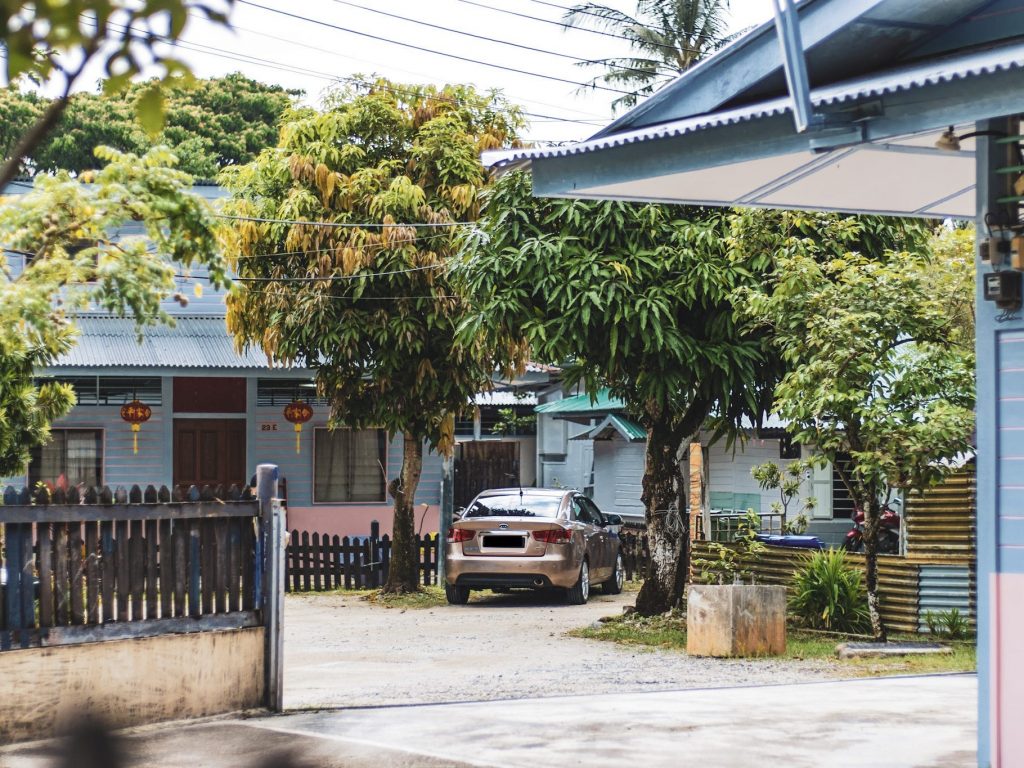Sng Mui Hong grew up in a village called Lorong Buangkok in northeastern Singapore.
Her dad had purchased the land in the late 1950s. In the 1960s, the village was surrounded by lush vegetation and farms. Neighbors helped each other, school children played together, and residents grew their produce in their backyards. Everyone Sng knew lived in villages, called "kampongs," like hers.
Twenty years later, bulldozers and tractors started tearing down homes and separating village communities. Sng watched as families were left with no choice but to move into high-rise apartments in the rapidly developing city-state. Sng, however, stayed, and eventually inherited the land from her father. Today, no village has been spared from Singapore's ambitious push to transform the island into a modern metropolis — except for Sng's.
Lorong Buangkok is now known as the city-state's last surviving village. It has withstood most of Singapore's short history, and Sng said she misses many things about the past.
"My favorite part of living in the kampong was the floods," Sng told me through a translator when I visited the village. "That was the most memorable for me." The village's nickname — Kampong Selak Kain — refers to the way villagers hitched up their traditional skirts when they waded through floodwaters.
But in the past two decades, the village has started to attract a new — and unwanted — source of attention. Local outlets published reports about the value of the kampong's land in the late 2000s, and soon, property developers and agents were beelining for the estate. Some even camped outside Sng's home in a bid to convince her to sell the inherited land.
A media report from 2007 indicated Sng had been offered 33 million Singapore dollars ($22 million) for the property. A local tour guide told me Sng had received another bid of S$70 million. Experts, meanwhile, say the estate could fetch prices in the low hundreds of millions. A recent government land sale (GLS) about the same size as the kampong had sold for over S$381 million, a property agent named Chuang Kuo Wei told me.
But through all of this, Sng has remained unswayed: It was her father's wish that the estate be kept in the family's name, and she has no intention of selling.
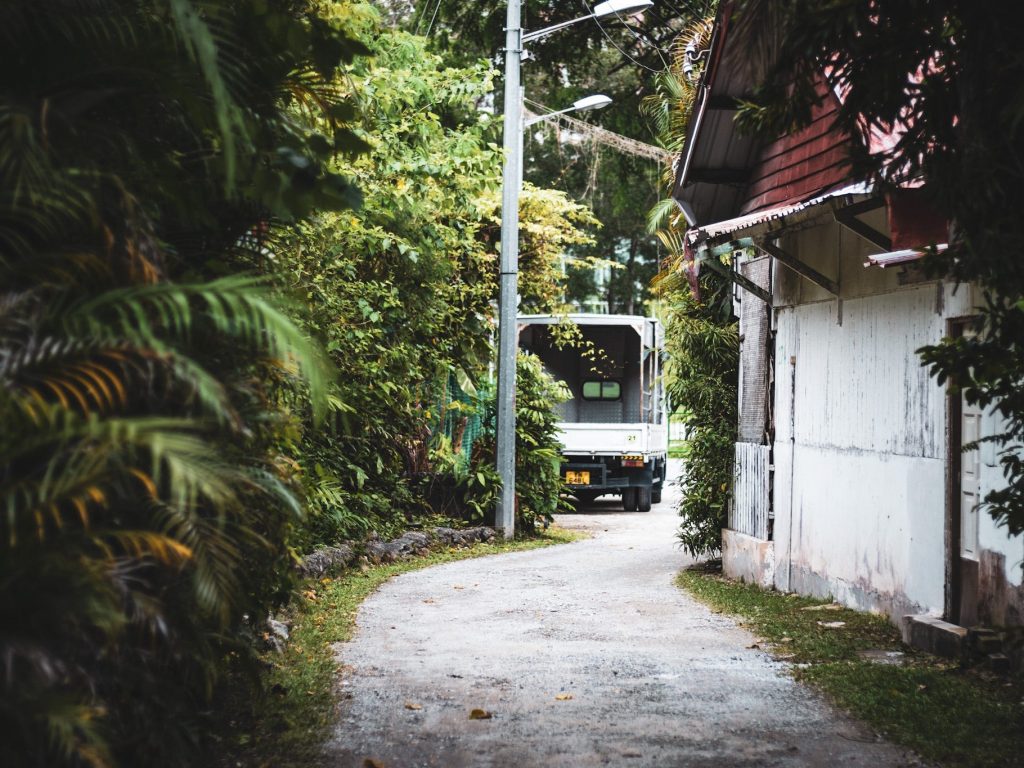
I met Sng on a rainy Friday evening in one of the houses she owns in the kampong.
A taxi took me down a narrow street hidden behind dense trees and into the enclave. The house we met in, which is now used as a production set, was largely empty, except for some wooden furniture and old electrical appliances. Like many homes in the kampong, it was spacious — far bigger than the average public apartment in Singapore, which is 90 square meters (968 square feet).
Sng is a petite lady in her early 70s. She has lived in the kampong all her life, though her four elder siblings now live in public apartments. Her late father, Teow Koon, purchased the 12,248-square-meter plot of land for an undisclosed price in 1956.
She does not speak much English, so my tour guide, 27-year-old Kyanta Yap, acted as our translator. Yap has been conducting tours in the village for over a year.
Sng said she prefers living a simple life.
"I'm not someone who's envious," Sng told me in Chinese. "If you have a mobile phone, every day people call you. It's additional problems for me, so I don't want," she added.
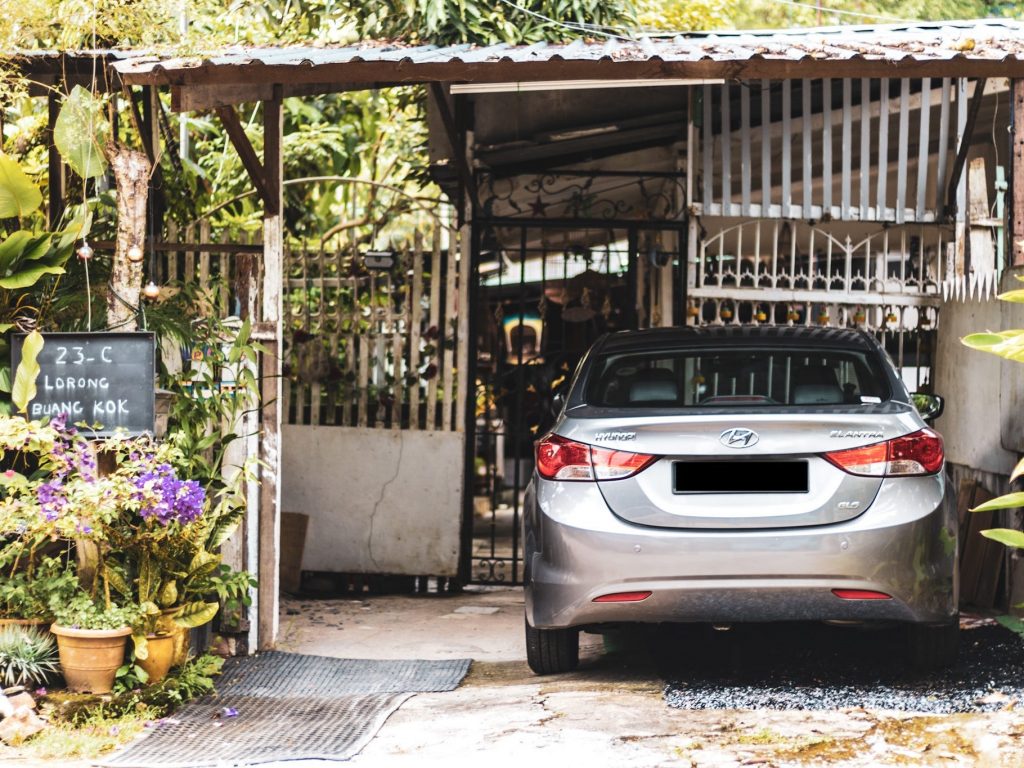
My first impression of the kampong was that it was full of juxtapositions.
Modern bungalows and a shopping center can be found a stone's throw away from the village, but the air within the kampong was peaceful; the only sound was the chirping of birds. I spotted around half a dozen residents during my visit.
But it wasn't wholly a village from another time: I saw shiny cars, including a BMW, parked outside traditional attap houses. Some of the homes were outfitted with modern amenities like air-conditioning units and 50-inch smart TVs.
The village is home to 25 families. While many residents live no differently from the average Singaporean — with some working office jobs in the city center — Sng is a staunch traditionalist. Property prices are booming in Singapore; the city-state lays claim to the second-highest rent prices in the world. Rent for private properties reached a seven-year high in 2022, with the monthly rent of a three-bedroom home starting around S$4,000 ($3,000).
But Sng has refused to hike prices.
Yap told me Sng's father charged S$4 to S$13 ($3 to $9.50) per month when sheds were first rented out in the kampong in the 1950s and 1960s. Sng said her father never increased rent — and so she, too, has stuck to these absurdly low prices.
"Why should I increase the rent as a second-generation [landlord]?" Sng said. "The residents are not poor, every house has a car, [but] we want to keep the culture. If I try to raise prices, they will just make noise," she added.
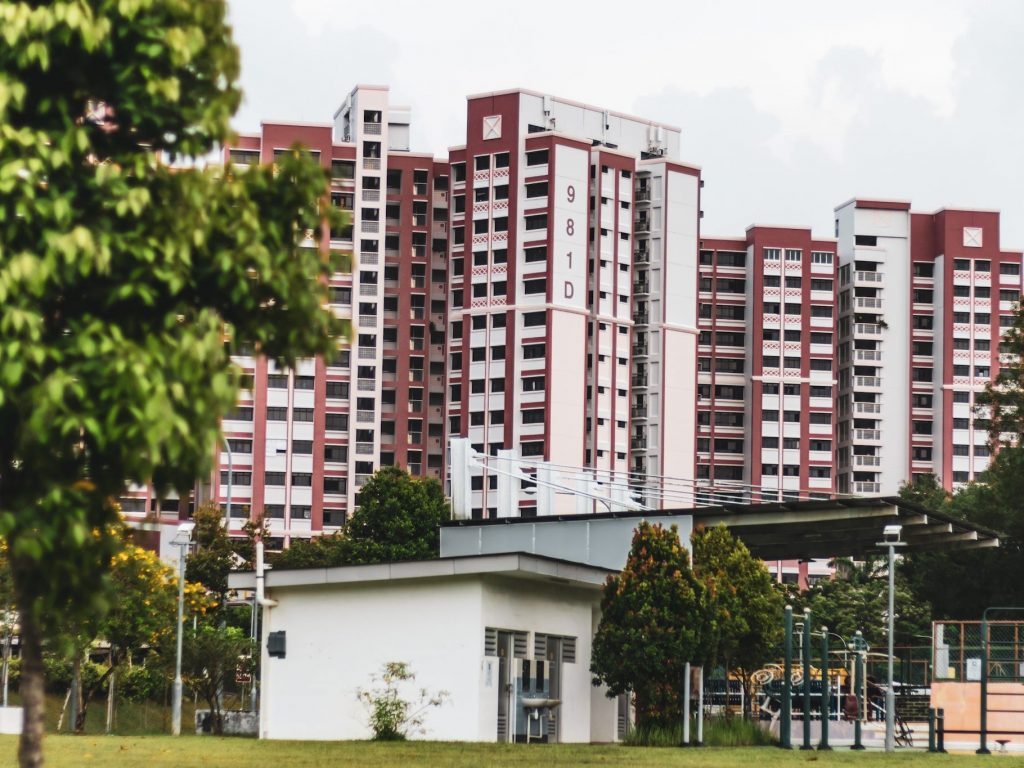
Yap told me only descendants of those who have originally lived in the kampong can lease a house.
The lease prices at the kampong are "tokens" rather than a reflection of its actual market rent, said Sing Tien Foo, a professor of real estate at the National University of Singapore.
"The landlord has already established a relationship with the families living there," Sing told me. "This cannot be valued by market rent. The family link and bonding is very important," he added.
During my tour, I exchanged smiles with a few of the residents, including a woman in her 60s. Yap said the woman, whom he calls Cik Mok, lives with her brother in a large home with a backyard, where her family of 69 people visits during the weekends.
Right in front of her home were dozens of large chickens. Yap told me they're pets, not food, and that residents buy their meat from a nearby supermarket.
"You scared of chickens?" Cik Mok asked me, laughing. "Don't [be] scared."
When I tried to pivot to the subject of rent, Cik Mok's once-friendly demeanor instantly shifted, and she excused herself, heading upstairs.
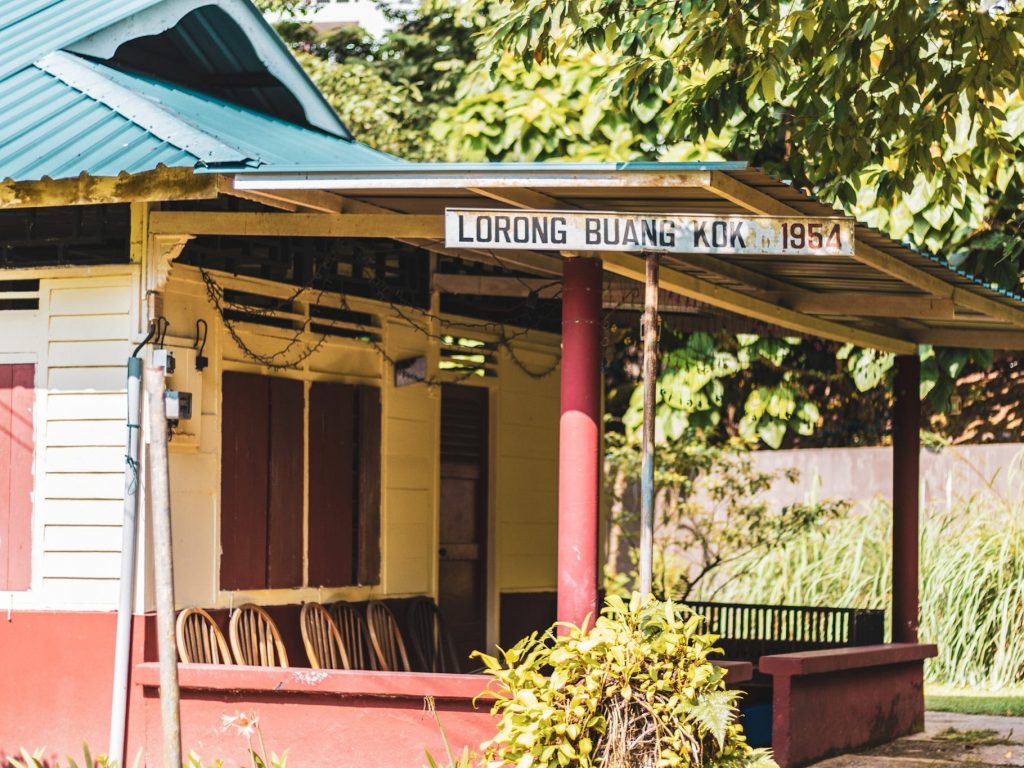
While the villagers were friendly, they were also fiercely private. And the questions of rent and selling the land, it seems, are particularly touchy topics. In 2007, the villagers resorted to throwing stones and building fences around their homes to drive away the real-estate agents who were inquiring about the land, Yap said.
Yap told me the villagers also harbor a disdain for journalists. Nearly 15 years ago, he said, local reporters took to camping out by villagers' homes for days at a time. The reporters hoped that Sng, who they described as "reclusive," would finally speak up about all the attention the value of her land had garnered.
Sng simply told a local news outlet her "family ties" weren't for sale.
Chuang, the property agent, told me the agents who badgered Sng to sell the land were only doing their jobs: "It's the same thing as agents selling public housing and landed estates, where they knock on doors."
"People are annoyed by this, but it's part and parcel of being an agent. It's normal," he added.
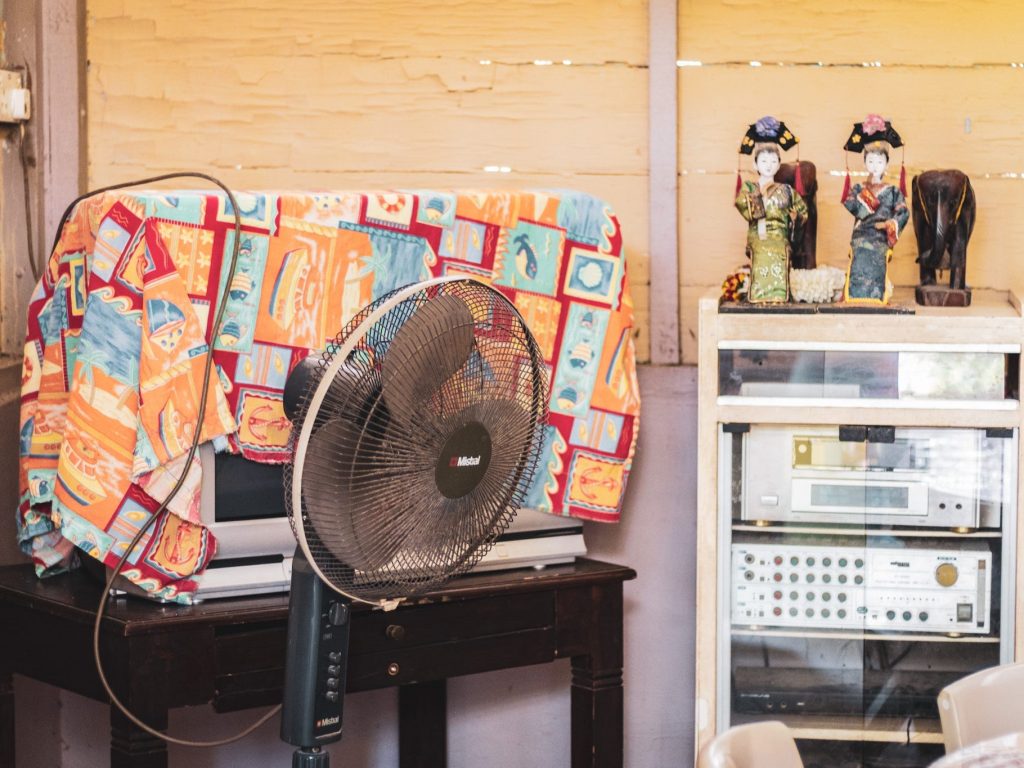
Today, the future of the kampong is uncertain. Local reports have indicated the government plans to redevelop the kampong in the coming decades.
"The question is if they want to conserve it for future generations, or if it will be demolished," Yu Shi Ming, a professor of real estate at National University of Singapore, told me. "It's a freehold estate, which means [Sng] owns it for perpetuity, but the government has the rights to acquire the property," he added.
As Sng does not have children, the future of her kampong appears to be in limbo. When I asked her what she thinks will happen to her beloved estate in the coming years, Sng kept a poker face.
"Whatever comes, comes," Sng said. "I'll think about it when it happens. I just live from day to day."
